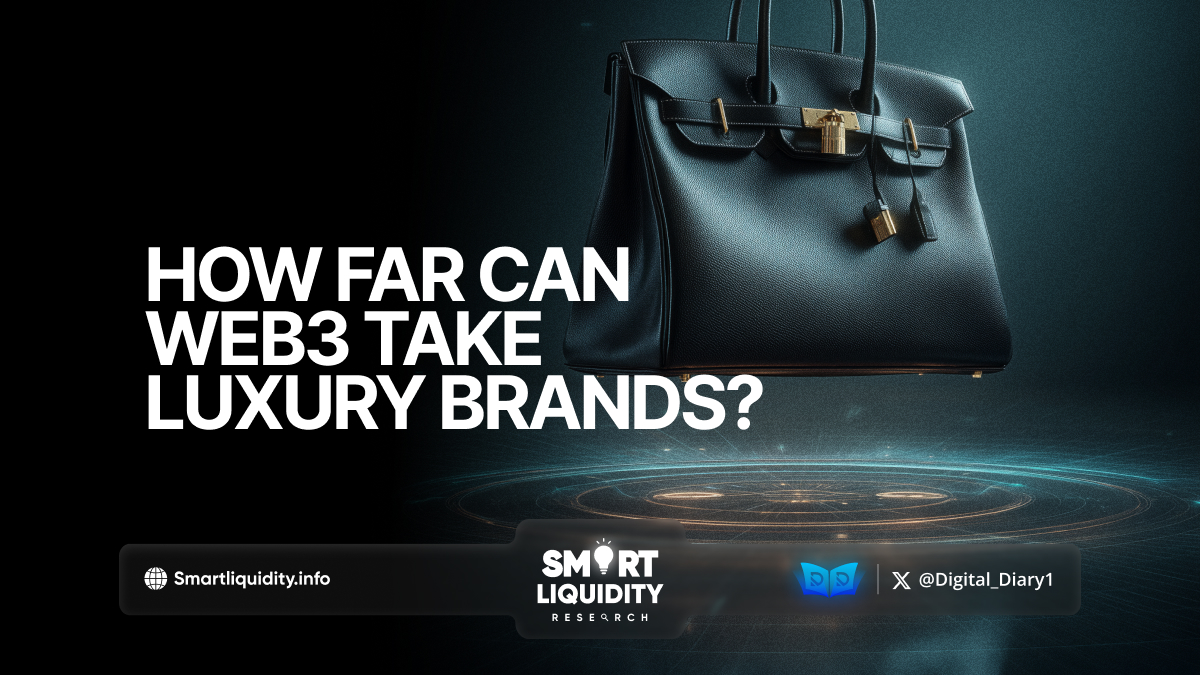How Far Can Web3 Take Luxury Brands?


In an era where exclusivity meets innovation, luxury brands are no longer confined to the glossy pages of fashion magazines or the marble floors of flagship stores. The new frontier? Web3—a decentralized digital landscape redefining how prestige, scarcity, and identity intersect in a connected world.
But just how far can Web3 take luxury brands? The answer lies in a fusion of authenticity, access, and aspiration.
Authenticity Reinvented
For decades, counterfeits have plagued luxury fashion. Now, blockchain’s immutable ledger offers a real solution: verifiable authenticity.
- Imagine buying a Louis Vuitton handbag or a Rolex watch—complete with an NFT certificate that proves its origin, ownership history, and even exclusive perks.
- Customers can scan a chip or QR code embedded in the product and instantly verify its legitimacy on-chain.
- This doesn’t just stop fraud—it transforms luxury goods into living, digital identities.
Global Access, Hyper-Exclusive Experiences
Web3 opens new portals of brand engagement—no passport required.
💠 Virtual showrooms, token-gated events, and digital twins of physical items allow users worldwide to access the luxury experience like never before.
💠 Owning a Gucci or Balenciaga NFT could mean exclusive drops, front-row access to virtual fashion shows, or even private club memberships.
💠 It’s no longer just about owning the item, but belonging to a community of prestige.
Redefining Ownership and Value
In the Web3 space, ownership becomes programmable. This means brands can encode resale royalties, offer perks to loyal holders, and create tiered benefits over time.
- Imagine receiving airdropped limited-edition accessories just for holding a Hermès NFT.
- Or unlocking IRL benefits as your digital asset “matures” through smart contract interactions.
- The result: loyalty is no longer passive—it’s interactive.
What Luxury Brands Are Already Doing
Big names are already dipping into the metaverse:
Dolce & Gabbana sold digital couture worth millions via UNXD.
Prada launched Timecapsule NFTs linked to physical apparel drops.
Tiffany & Co. crafted custom CryptoPunks pendants—bringing heritage into Web3 culture.
These aren’t gimmicks—they’re early steps in a long runway of innovation.
The Road Ahead: Challenges & Potential
While the possibilities are endless, Web3 is still young. Brands face hurdles:
Educating traditional audiences
Regulatory uncertainty
Maintaining luxury standards in a fast-moving, open-source world
Yet, those who adapt will find themselves not only surviving—but leading the next wave of cultural prestige.
Final Thoughts
Web3 won’t replace the timeless allure of luxury—it will amplify it. With blockchain as its backbone, the luxury industry can unlock deeper trust, richer engagement, and entirely new forms of value.
The only question that remains is:
Who will define luxury in the metaverse—heritage houses or digital-native disruptors?
REQUEST AN ARTICLE
Disclaimer: This content is for informational and educational purposes only and does not constitute financial, legal, or investment advice. Always do your own research before engaging with any Web3 or blockchain-related products.




